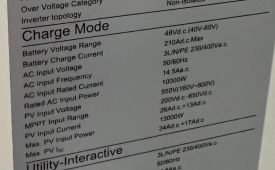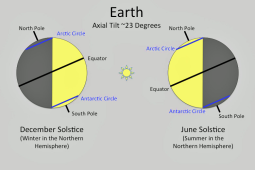There are some other consideration regarding the placement, i actually asked him to fill up the flat roof first.IMHO, Your installer is an ass. No professional should have configured it that way. On the red string, the 4 South roof array panels connected will be crippled by the performance of the flat roof panels.
They may be limited by the series voltage on each string (8S). If shading on the South roof isn't an issue, I would insist that they move those 4 panels from the flat roof to the South roof and add them in, so you would have 2X 8S strings on the roof.
If the MPPT can accommodate the 10S, then that's the easy way out.
Regarding the strings, 100% , i already feeded it to him.
My question is can we estimate how big of an improvement if they do just the rewiring, making it
10+10
6+6
?
And how do i know if my inverter can handle the 10s?






